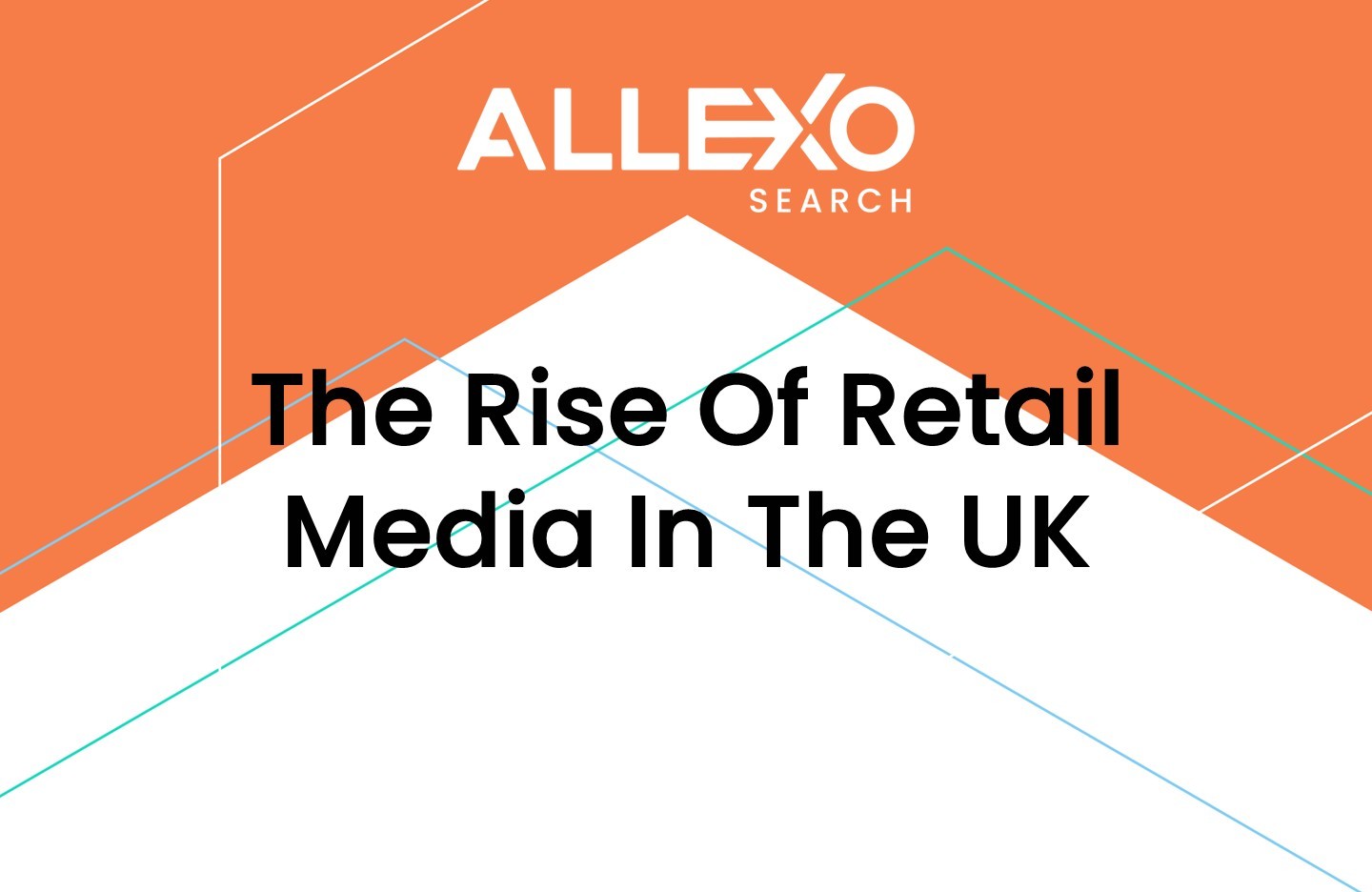In 2025, retail media has officially gone mainstream in the UK—and it's transforming the way FMCG brands think about trade marketing, shopper engagement and ROI.
Once a niche add-on, retail media is now one of the fastest-growing advertising channels in the country. In fact, UK spend on retail media is expected to exceed £3 billion this year, putting it on par with traditional TV and surpassing print.
So what’s driving the rise—and why should FMCG brands be paying attention?
What Is Retail Media?
Retail media refers to advertising placements within a retailer’s owned channels—both physical and digital. That includes sponsored search on a grocery website, banner ads in a loyalty app, or digital signage in-store. The big differentiator? Retailers offer first-party shopper data that allows brands to target customers based on real behaviour—not just demographics.
The UK’s retail media landscape has grown rapidly over the last three years. Leading retailers now operate full-fledged media networks, including:
• Tesco Media & Insight (powered by dunnhumby)
• Nectar360 (Sainsbury’s retail media arm)
• Asda Media Partnerships
• Boots Media Group
• Ocado Media
• Co-op Media Network
• Amazon Ads (including Fresh, Pantry and Whole Foods)
Why Is It Growing So Fast?
1. The Decline of Third-Party Cookies
As Google and others phase out third-party cookies, brands are losing access to broad online tracking. Retailers, on the other hand, sit on a treasure trove of first-party data: what people actually buy, when, and how often. That’s gold for advertisers.
2. Tighter ROI Pressure on Trade Spend
Traditional trade marketing—think gondola ends, price promotions and catalogues—is harder to measure. Retail media offers precise attribution: brands can see how many people saw an ad, clicked it, and went on to buy. That’s a compelling reason to shift spend.
3. The Rise of Omnichannel Shopping
With more shoppers browsing online before buying in-store (and vice versa), brands need to influence decisions at every touchpoint. Retail media lets them do that across the whole path to purchase—from search results to shelf edge.
4. Incremental Revenue for Retailers
Retailers are becoming media businesses in their own right. Tesco, for example, now sells ad space not only on its website but also across its stores, Clubcard app, and email newsletters. It’s a high-margin revenue stream that’s helping retailers fund loyalty schemes and price investment.
Why It Works—for Brands and Retailers
Retail media gives FMCG companies something they’ve long struggled to achieve: the ability to target shoppers in a closed-loop environment, right before a purchase decision.
Benefits for brands include:
• Highly targeted campaigns based on real purchase data
• Opportunity to personalise by location, basket type, or customer segment
• Ability to run “always-on” campaigns at lower cost than national TV or OOH
• In-store amplification through POS or digital signage
• Closed-loop reporting showing true return on ad spend (ROAS)
Retailers, meanwhile, benefit from increased revenue, stronger brand partnerships, and enhanced shopper loyalty through more relevant offers and communications.
Who’s Doing It Well?
Leading FMCG brands are already investing millions into UK retail media—and seeing strong results.
• Unilever has partnered with multiple UK retailers to test dynamic creative that adjusts by audience segment and store location.
• Nestlé has embedded retail media into its always-on activation calendar—especially for coffee, cereals and impulse categories.
• AB InBev uses Asda’s retail media network to promote beer and cider around key occasions like football tournaments and summer BBQs.
Mid-sized challenger brands are also getting in on the action. Healthier snack and drinks brands—like Graze, Dash Water or Huel—are using retail media to build awareness, target mission-based shoppers, and compete with bigger players.
What to Watch in 2025
As the channel matures, retail media is evolving quickly. Key trends to monitor this year:
• More in-store digitisation (e.g. smart shelf displays, digital endcaps)
• Programmatic retail media buying (beyond static banner ads)
• Closer integration with shopper marketing and ATL campaigns
• Tighter attribution tools to track from ad impression to basket
Brands that win in this space are those that align their media, category and commercial teams. It’s not just about buying ads—it’s about using insights to shape everything from NPD to promotions and shelf layout.
In Summary
Retail media is no longer optional for FMCG brands operating in the UK—it’s essential. It bridges the gap between marketing and sales, between brand and shopper, and between digital and in-store.
As budgets tighten and expectations rise, retail media offers what few channels can: measurable influence at the point of purchase.
For brands building out their retail media capability—whether via in-house experts or agency partnerships—having the right people with retail, data and activation experience is critical.
Need help hiring that talent? That’s where Allexo can support.




